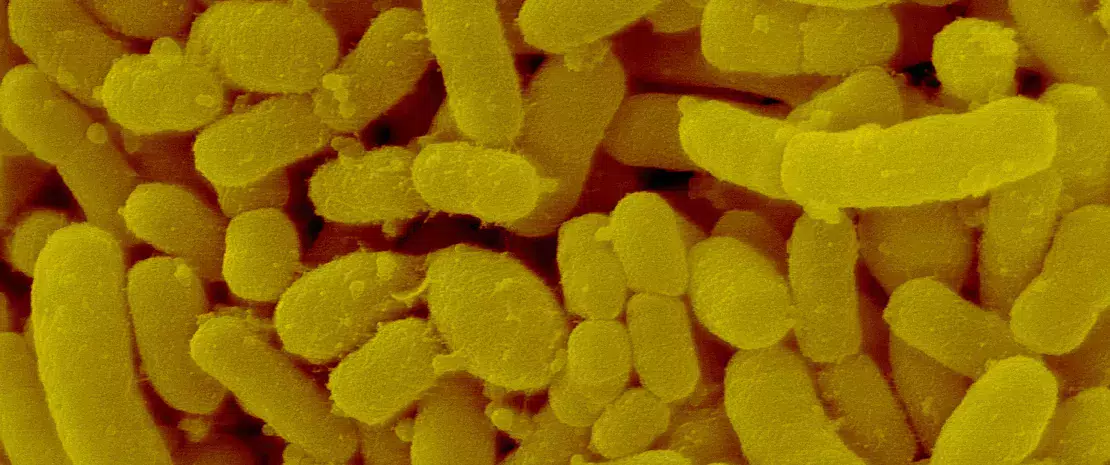Vaginal Microbiota #12
By Prof. Markku Voutilainen
Turku University Faculty of Medicine; Turku University Hospital, Department of Gastroenterology, Turku, Finland
Sources
This article is based on scientific information
Sections

Coloured scanning electron micrograph (SEM) of Prevotella melaninogenica, formerly known as Bacteroides melaninogenicus, is Gram-negative, anaerobic, rod to coccobacillus shaped, prokaryote (bacterium).
About this article
Author
SEVERE PRE-ECLAMPSIA AND MICROBIOTA
Severe preeclampsia (SPE) is a hypertensive disorder of pregnancy that can have serious consequences for both mother and child. It is characterized by hypertension and manifestations of a multisystem disorders. The role the vaginal microbiota may play in the pathogenesis of SPE remains unknown. The present study revealed that women with SPE had increased relative abundance of vaginal Prevotella bivia (Pb). Pb is an anaerobic gram-negative bacterial species that was previously associated with pelvic inflammatory disease and bacterial vaginosis. Previous studies have shown that obesity was a risk factor for SPE and that vaginal microbiota of obese women was characterized by increased diversity and predominance of Prevotella spp. In this study, the Body Mass Index (BMI) was the strongest SPE predictor and the authors suggest that the higher relative abundance of Pb in the vaginal microbial, which is tightly regulate by BMI, may be involved in the pathogenesis of SPE.
CERVICAL MUCUS ESSENTIAL FOR FEMALE REPRODUCTIVE HEALTH
Cervical mucus (CM) is key for women health: it protects vaginal epithelium, helps to maintain fertility and fecundity. In this study, the authors assessed its role in both the physiological state and in bacterial vaginosis. Normal vaginal microbiota is characterized by Lactobacillus spp dominance. Undisturbed cooperation between vaginal microbiota, CM and host cells is necessary for vaginal health. This includes acidification by lactic acid, production of reactive oxygen species, interaction between mucins and cells, and diffusion of signaling cells. Bacterial vaginosis, which may cause preterm birth, is characterized by depletion of Lactobacilli leading to impaired vaginal barrier function. During pregnancy, a cervical mucus plug (CMP) is formed to prevent the vaginal microbes to ascend into the uterus, which protects the fetus from pathogens. CMP contains mucus, antimicrobial compounds and immune cells. A shorter, more permeable and less mucoadhesive CMP has been found in women at high risk for preterm birth compared with those at low risk. In addition to oral or vaginally administered antibiotics, bacterial vaginosis may be treated by restoring vaginal Lactobacillus flora. In conclusion, CM is essential for the fertility and protects from bacterial vaginosis and sexually transmitted infections, which increase the risk of infertility and preterm births.







